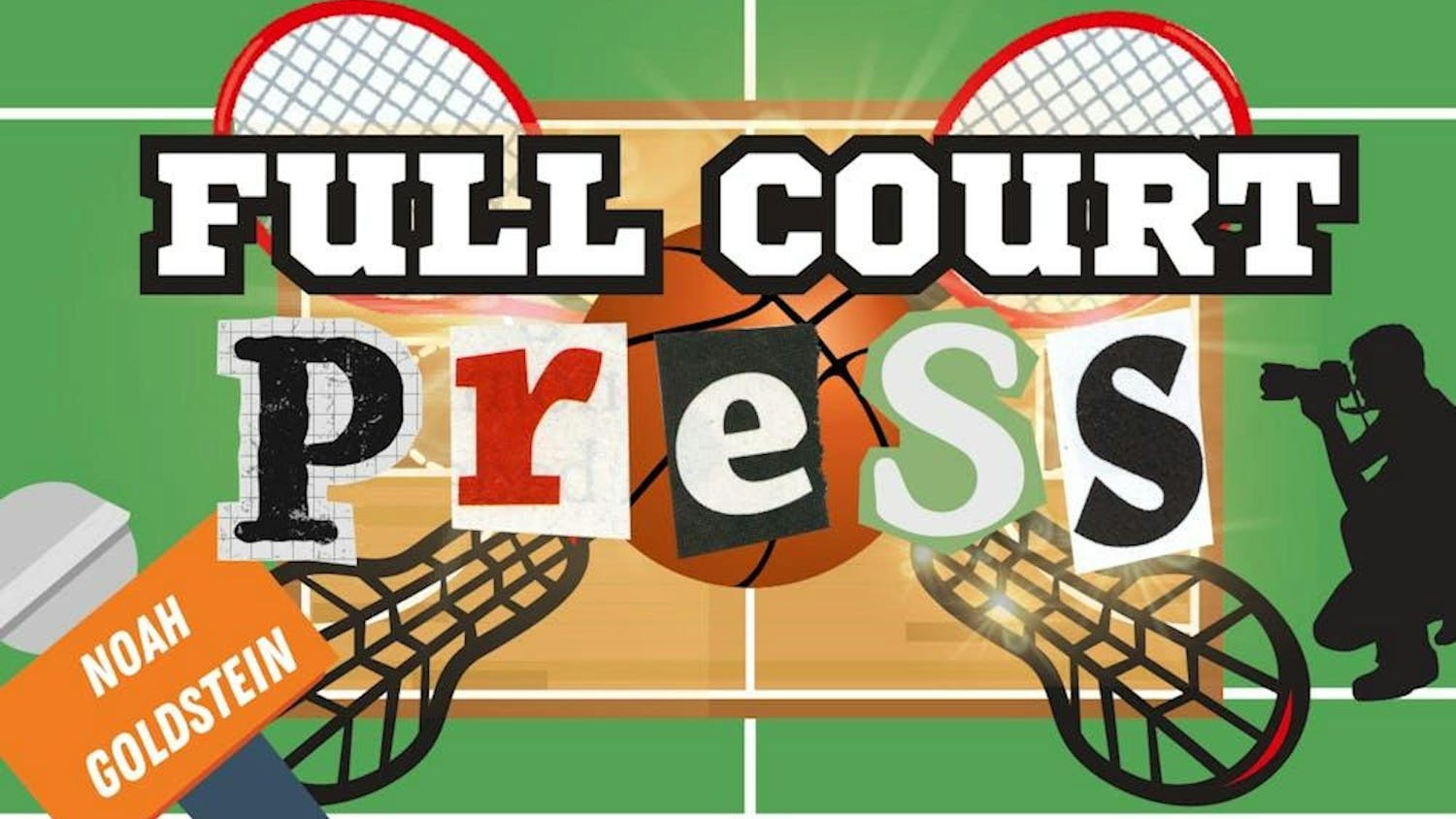This season saw the Milwaukee Bucks dominate the NBA with a simple formula: Surround human wrecking ball Giannis Antetokounmpo with versatile shooters. Antetokounmpo is essentially a basketball cheat code: He combines seven-foot stature and freakishly long limbs with the quickness of a point guard. He has lived in the paint this season, putting up the most points there since prime Shaquille O’Neal.
Antetokounmpo’s ability to drive and score at will, despite defenses playing off of his suspect jumper, has created open 3-pointers and cutting lanes for Milwaukee’s litany of capable scorers. Perhaps an Antetokounmpo drive will result in Khris Middleton popping out for a wing jumper, or Eric Bledsoe diving to the basket and then dishing to an open Brook Lopez. Milwaukee’s strength lies in their wealth of multi-faceted contributors, but make no mistake — their entire ecosystem relies on the spacing created by Antetokounmpo’s forays into the paint.
The Boston Celtics’ head coach and master tactician Brad Stevens came into the Eastern Conference semifinals looking to remove the foundation of Milwaukee’s offensive infrastructure. While most teams have accepted the inevitability of Antetokounmpo’s dominance inside, the Celtics are trying to answer a question that has not yet been asked this year: What happens when Antetokounmpo meets an opponent who makes him truly work for every inch, rather than gliding to the rim on sheer athletic will?
In Game 1 of the series, the Celtics shut down the vaunted Bucks offense in a 22-point rout by defending Antetokounmpo solely with their big men — particularly the savvy, nimble-footed Al Horford. This strategy seems counterintuitive: Why place comparatively slower players on such a devastating off-the-dribble player? Stevens weighed out his options of giving up size or speed to his opponent, and chose the latter. Horford combines overwhelming strength with surprising quickness, sufficient to bother Antetokounmpo’s drives. Even the less mobile Aron Baynes proved capable of not being bulldozed to the basket. The two centers combined to limit Antetokounmpo to only nine points on 20% shooting when guarding him.
The strategy was markedly less effective in Game 2, as Antetokounmpo responded with 29 points and 10 rebounds in a resounding 21-point win. After a tight first half, Antetokounmpo finally broke through in the third quarter, piling up 15 points. Milwaukee outscored Boston by 21 points in the period. While Antetokounmpo’s more efficient performance certainly helped the Bucks’ efforts, he still shot under 50% from the floor — a subpar number by his standards. The real difference in Game 2 came from the contributions of Middleton and Bledsoe, who combined for 49 points and 10 3-pointers.
Antetokounmpo will continue to put up impressive numbers; there is no true answer for his mix of length and explosiveness. But the Celtics possess the closest thing to an answer that the NBA has to offer with Horford, and they are daring the Bucks' other contributors to beat them. It’s a plan that could backfire — Milwaukee is not merely a one-man show, it paced the league in wins for a reason — but Brad Stevens deserves praise for his willingness to invert traditional practices to muck this series up.
More from The Tufts Daily





